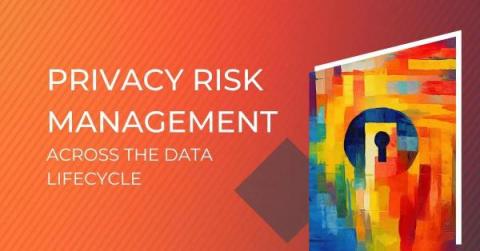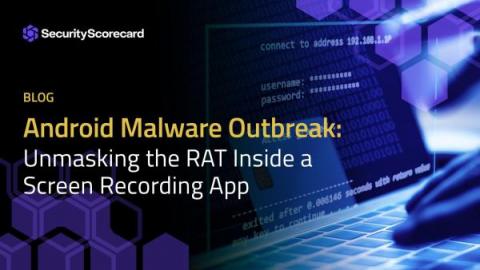Security | Threat Detection | Cyberattacks | DevSecOps | Compliance
Latest News
What is Continuous Auditing?
How to Prioritize Risks in the External Attack Surface Effectively
What Is Practitioner-Focused Cybersecurity?
A basic Google search for the term “cybersecurity” will turn up dozens of competing advertisements for companies promising to solve all your security woes and keep attackers at bay with their version of a “technology silver bullet” – the end all be all that you must, according to them, purchase right now. It’s not that technology isn’t essential to your security strategy; it’s vital!
Privacy Risk Management Across the Data Lifecycle
What is the FFIEC Cybersecurity Assessment Tool?
The FFIEC Cybersecurity Assessment Tool (CAT) is a diagnostic test designed to help institutions identify risks and gauge cybersecurity preparedness. The tool is primarily for financial and non-depository institutions, enabling organizations to make risk-driven security decisions informed by regular cybersecurity assessments and standardized risk measurement criteria.
Android Malware Outbreak: Unmasking the RAT Inside a Screen Recording App
With the worldwide popularity of Android and its open-source software, hackers have an increased incentive and opportunity to orchestrate attacks. A Google search for “Android malware” brings up headlines like these, all from the past few days or weeks: SecurityScorecard recently analyzed a specific threat known as the AhMyth RAT (remote access trojan), which made headlines for infiltrating a popular screen recording app on the Google Play Store.
6 Benefits of Internal Auditing
5 Essential Elements of a Municipal Cyber Security Plan
What is the Mitre ATT&CK Framework?
In cybersecurity, being well-versed in the wide range of resources available for protecting and enhancing your digital environment is crucial. One of the most significant and effective tools is the Mitre ATT&CK Framework. Read on for an in-depth exploration of this critical cybersecurity framework and how you can apply it to your own organization.









